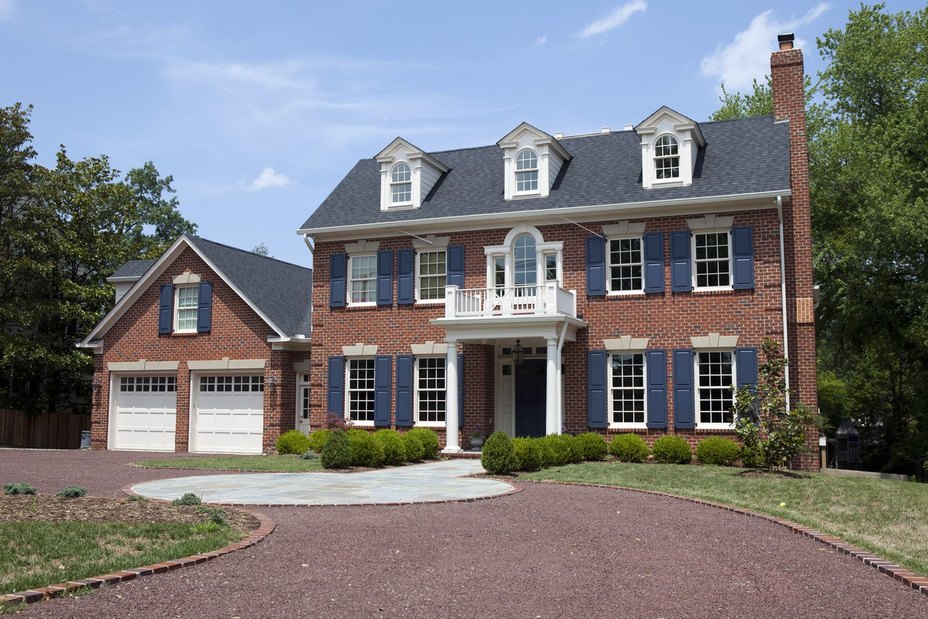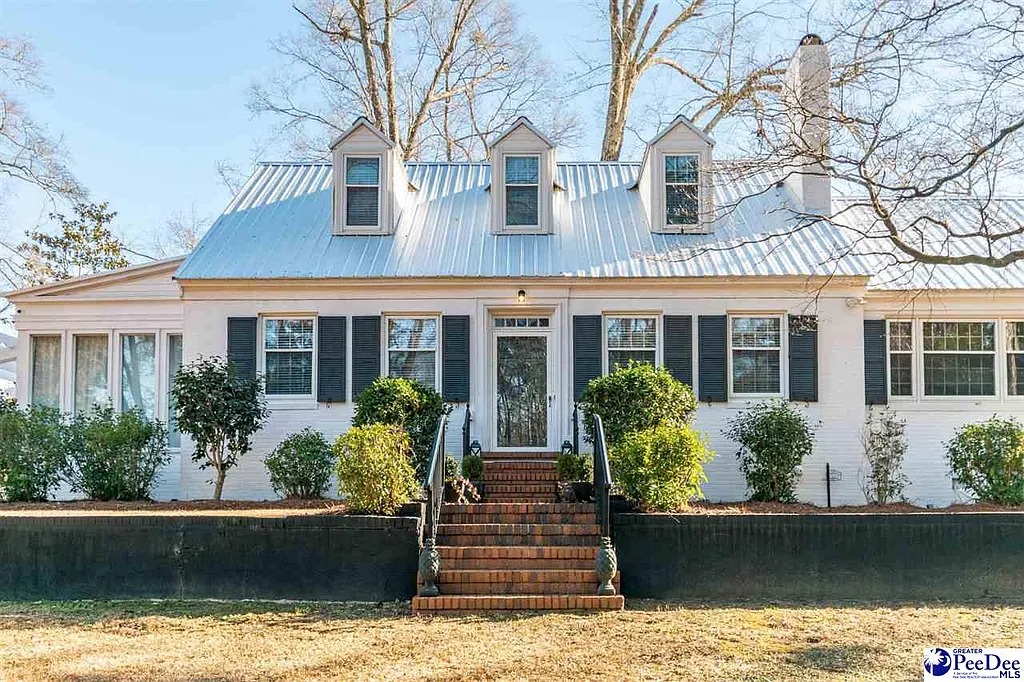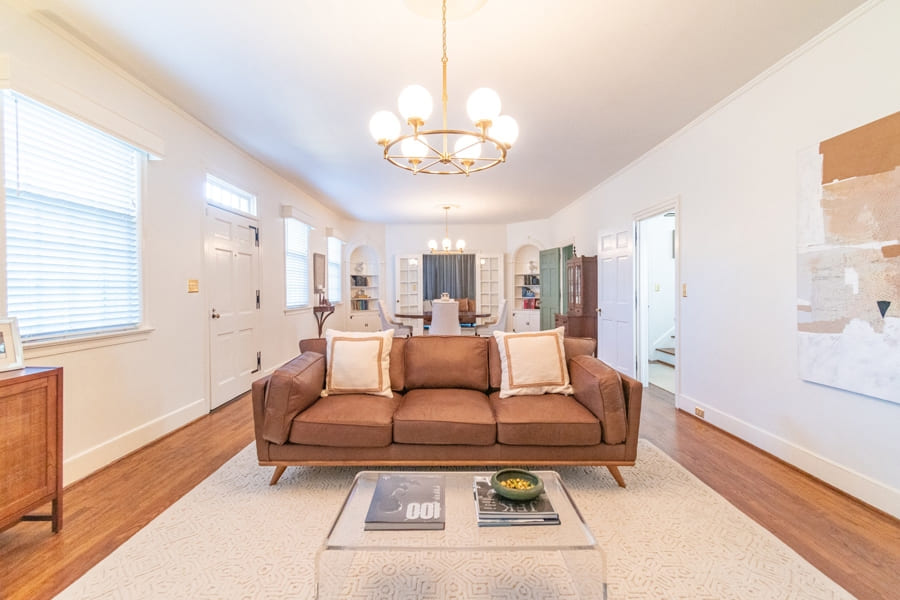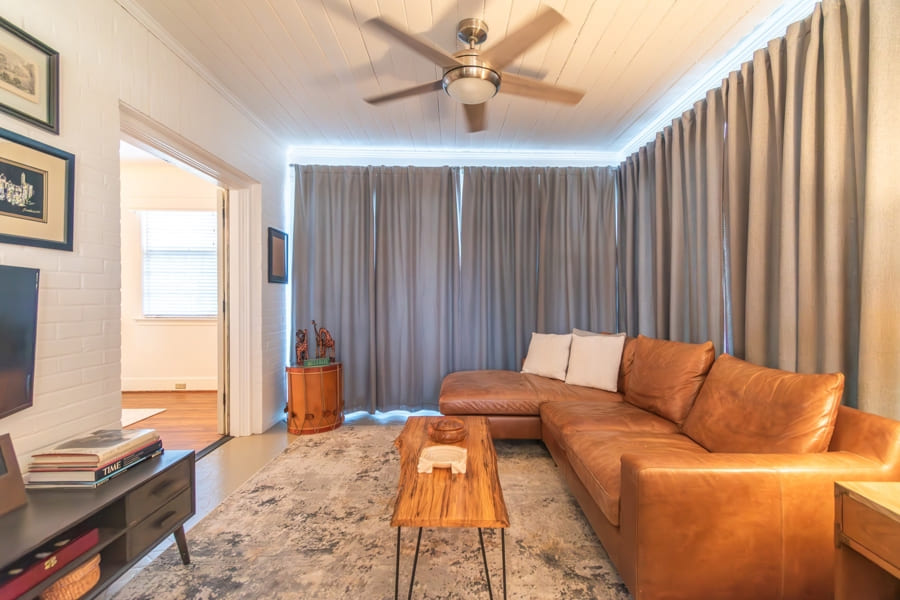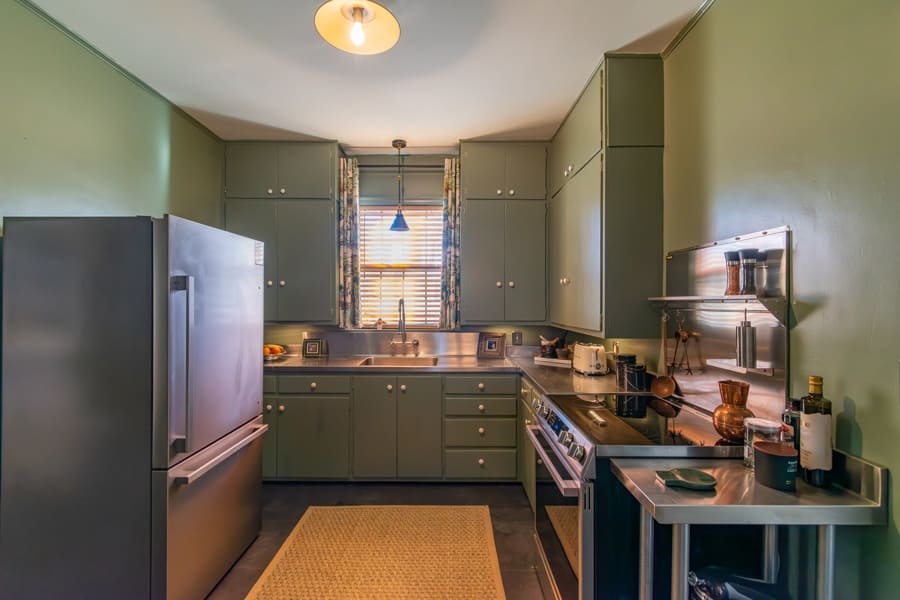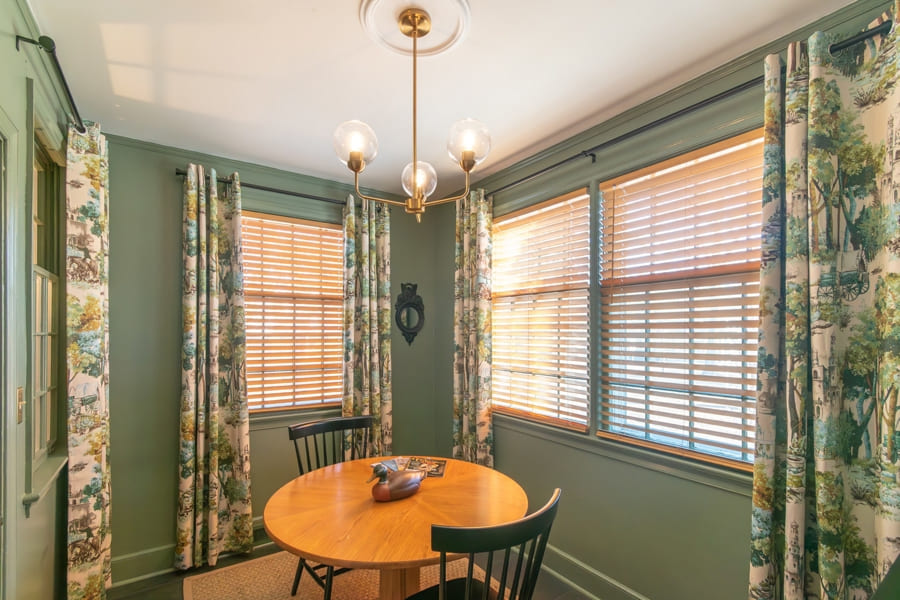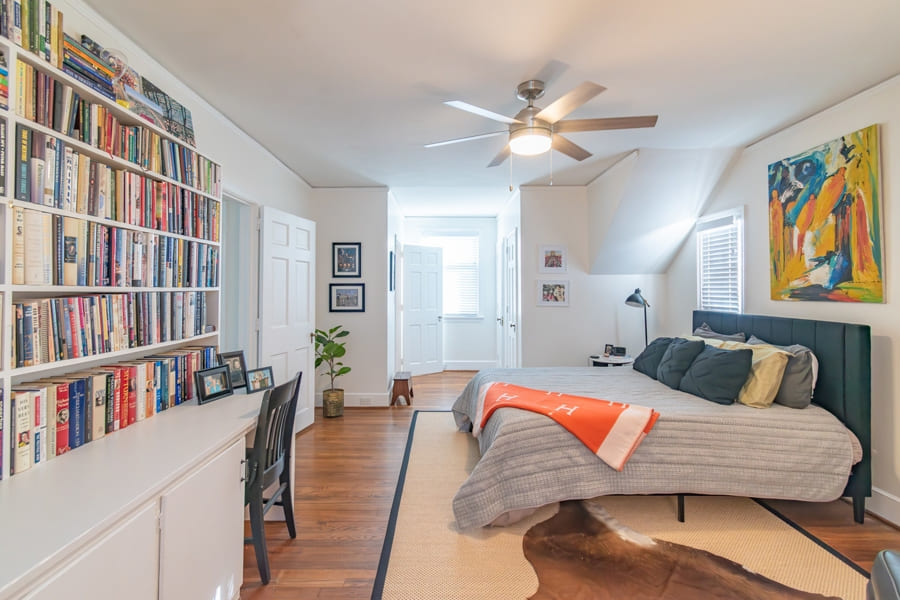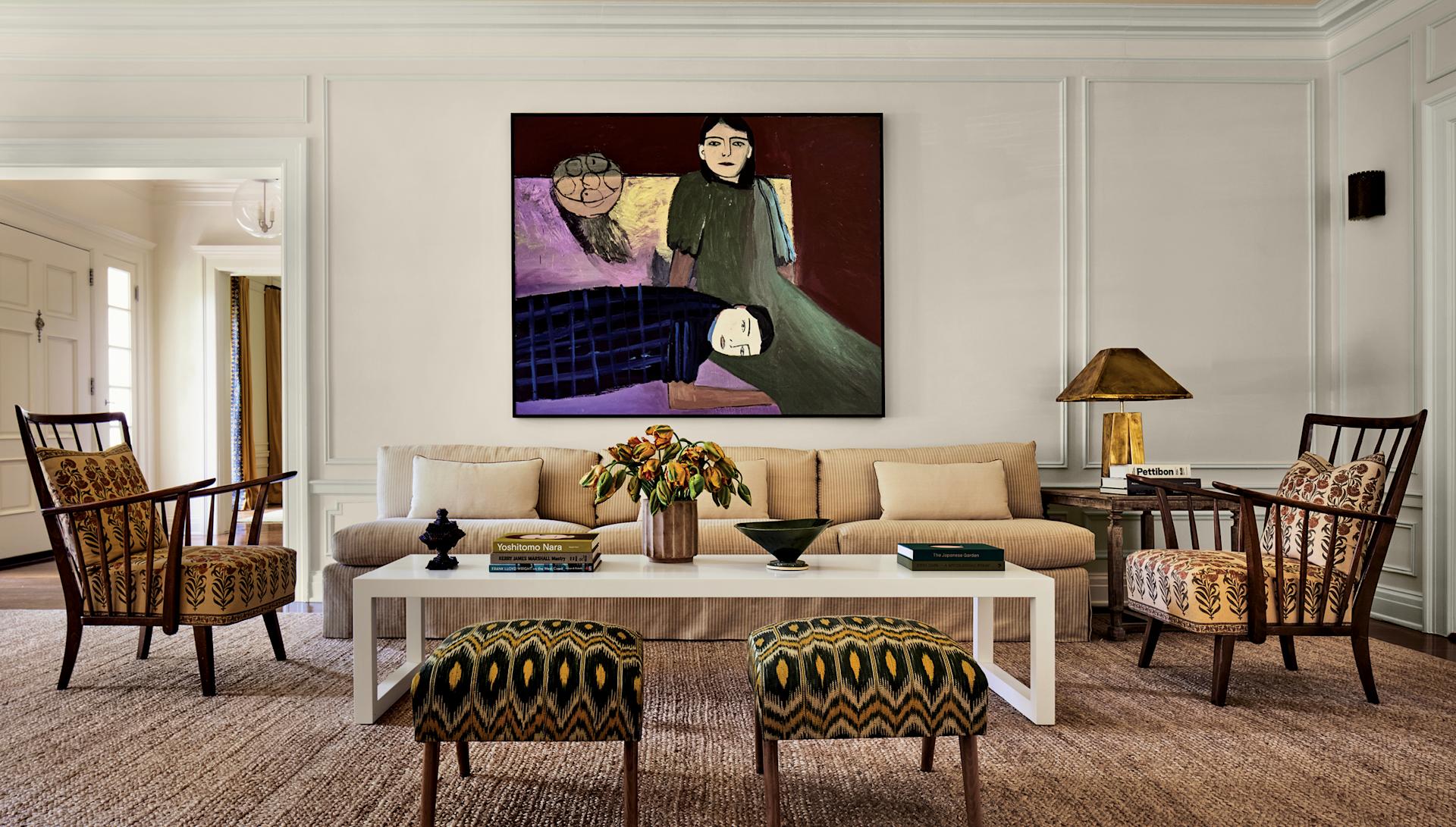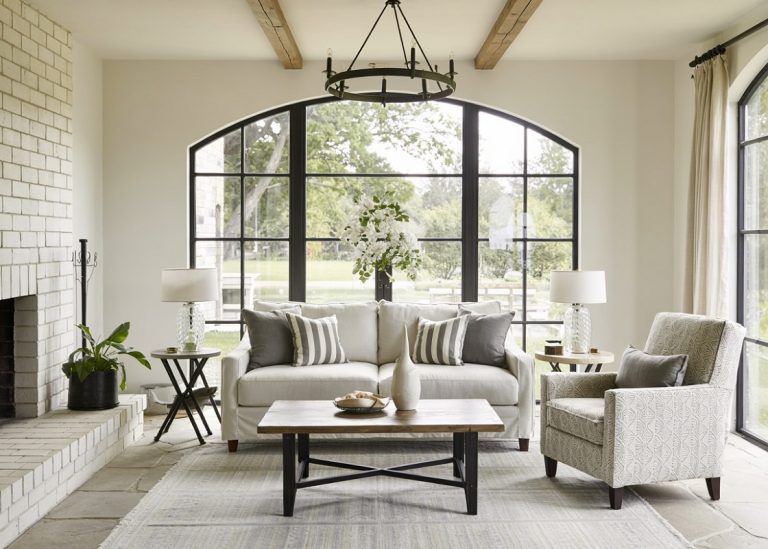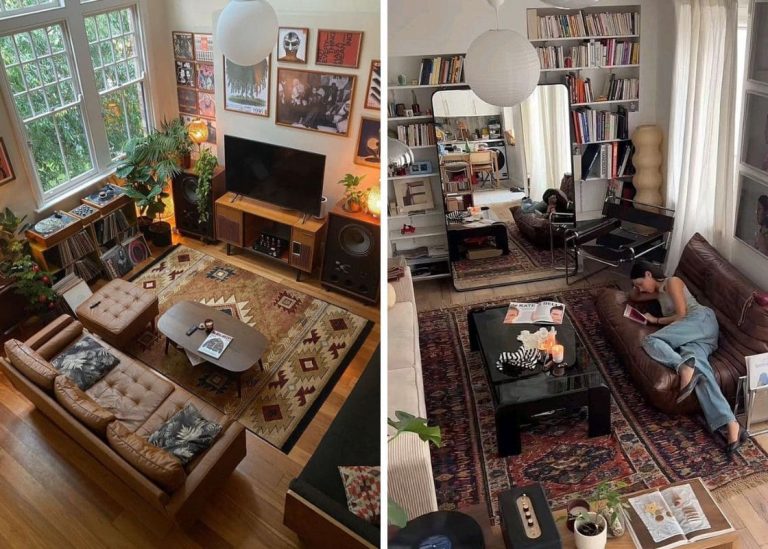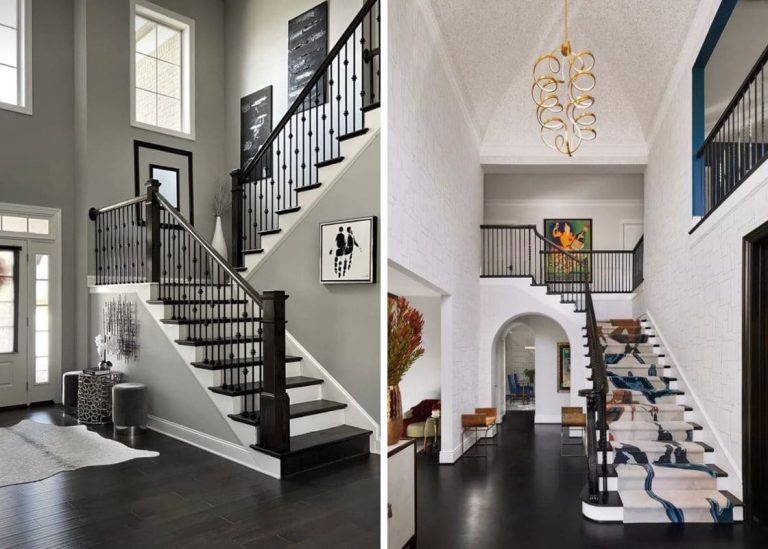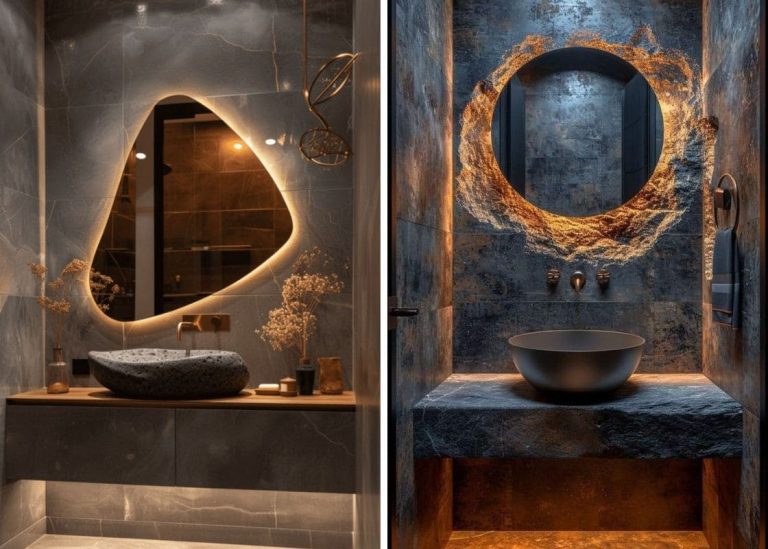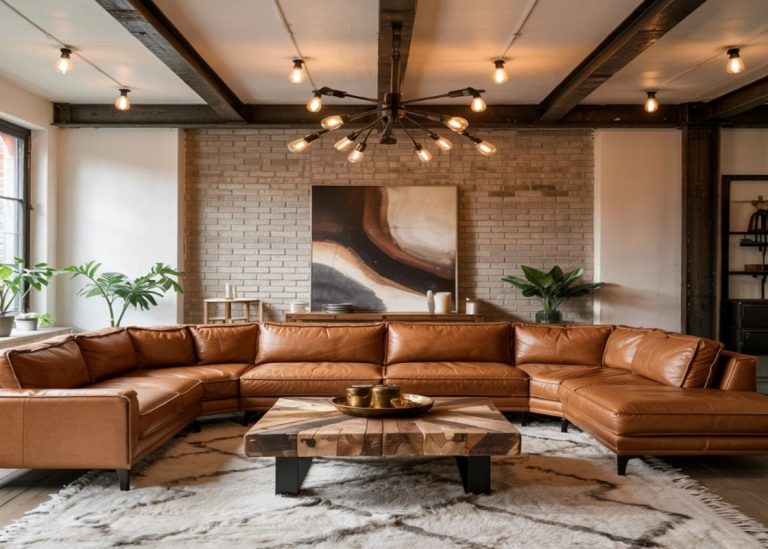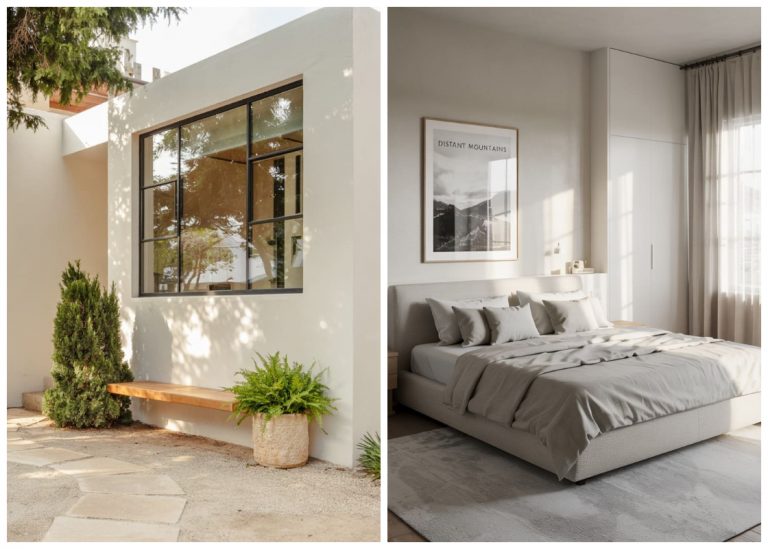Colonial Revival Home: Where History and Hospitality Live Together
Some houses catch your attention with grand entrances or dramatic rooftops. Others don’t shout at all—but still, you find yourself slowing down as you pass by. Colonial Revival homes are like that. Understated, elegant, and so deeply familiar that even if you’ve never lived in one, part of you feels like you have.
It’s the centered front door, framed by columns or pilasters. The evenly spaced windows that feel calm instead of calculated. The crisp white trim against rich brick or weathered clapboard siding. There’s a quiet dignity to this style, like it’s standing tall not for attention—but for legacy.
I’ve always been drawn to homes that feel rooted. Not trendy. Not loud. Just… grounded. I remember visiting a friend’s Colonial Revival home years ago—the way her wooden staircase creaked in the most comforting way, the dining room filled with light from matching windows on either side, the deep windowsills lined with books and candles. That house didn’t try to impress. It simply welcomed you in.
This post is for anyone who loves tradition without fuss. For those of us who adore a sense of order, warm wood floors, white trim, and front porches that seem to whisper stories from decades past. So come with me—let’s walk through a Colonial Revival home that feels just like coming home.
What Defines a Colonial Revival Home?
Colonial Revival homes rose to popularity in the late 1800s as a tribute to early American architecture—taking inspiration from Georgian, Federal, and Dutch Colonial styles. They were never flashy, never wild, but always timeless. And over a century later, that grace still holds.
Key features of Colonial Revival homes:
-
Symmetrical façades with evenly spaced windows
-
Centered front doors, often with decorative pediments or fanlights
-
Brick or clapboard siding with white or black trim
-
Gabled or hipped roofs, sometimes with dormers
-
Multi-pane, double-hung windows (typically six-over-six or nine-over-nine)
-
Traditional interior layouts with central hallways
-
Classic millwork: crown molding, paneled doors, and built-in cabinetry
Whether large or modest, these homes radiate structure and warmth—two things that make a space feel quietly anchored in time.
Colonial Revival Home: Where History and Hospitality Live Together
Step inside 607 Third Street, affectionately known by locals as “Casa ao Contrario” or “The Backward House”. This beautifully preserved 1945 Colonial Revival home seamlessly blends timeless elegance with modern comforts right in the heart of Cheraw.
Historic Charm: Original hardwood floors, stately fireplace, classic architecture, and unique imported cabinetry in the formal dining room.
Modern Updates: Enjoy peace of mind with a new metal roof and two new HVAC systems installed in 2020.
Spacious Living: 3 bedrooms (including a main-floor primary suite and two upstairs en-suites), 3.5 baths, formal living & dining, a cozy sunroom/den, and a private knotty pine study. Interested? See more here.
A Front Façade That Feels Grounded in Grace
There’s something deeply comforting about symmetry. This Colonial Revival exterior feels like a deep breath after a long day—calm, classic, and collected. The dormer windows peek like watchful eyes beneath a silver-toned roof.
The centered brick steps and black door with glass panels create that perfectly polite welcome Colonial style is known for. I can picture fall wreaths, springtime planters, and candlelit windows come December. This is the kind of home that seems to say, “You’re home now.”
A Living Room That Glows with Simplicity
The minute I saw this room, I imagined Saturday mornings—kids in pajamas, coffee brewing, sunlight stretching across the hardwood floors. The symmetry continues inside with balanced windows and matching chandeliers.
There’s an ease to the layout: a long, open flow from living to dining, creating one harmonious space without needing to tear down every wall. The Colonial spirit lingers here not in fuss, but in form—modest, beautiful, lasting.
A Den That Wraps You in Quiet
Tucked off to the side like a secret, this den is everything I didn’t know I needed. There’s something about soft curtains drawn across wide windows, warm leather against a woven rug, and a ceiling fan humming above that makes you want to disappear into a good book. I imagine late-night movie marathons or a quiet glass of wine here after the kids go to bed. This room doesn’t ask for attention—but it holds it all the same.
A Kitchen That Keeps Tradition Alive
The Colonial soul of this kitchen is its humility—nothing flashy, everything intentional. The green cabinetry brings warmth, while the simple metal finishes keep it grounded.
That window above the sink, dressed in vintage-inspired floral, reminded me of my grandmother’s kitchen—where something was always simmering and laughter always floated in with the breeze. I can see Sunday pancake mornings happening here. Or quiet weekday dinners. This kitchen works hard—but it feels loved.
A Dining Nook with a Storybook Heart
This is the kind of nook that makes you sit a little longer. The toile curtains feel like a nod to Colonial patterns, while the green walls wrap you in calm. A round table, simple chairs, and that warm light create a space that feels plucked from a novel. It’s a place to sip tea, write thank-you notes, or hear the story of how someone’s day went—one of those rooms that lingers in your memory longer than you’d expect.
A Bedroom That Balances Classic Lines with Modern Life
There’s something magical about rooms that feel restful and personal at once. This bedroom does both. I love how the wall of books softens the clean angles, and the pops of color keep it from feeling too formal.
The rug, the lighting, the quiet simplicity—this is where mornings stretch slow and nights end with the softness of familiar routines. It’s a room built not just to sleep in, but to live in.
Tips for Decorating with Colonial Revival Soul
Start with Symmetry, Then Layer with Heart
Design Note: Align furniture with intention—let your space feel balanced before you add anything decorative.
Colonial Revival homes love order. But don’t mistake symmetry for stiffness—it’s more about giving your eyes a place to rest. In one home I visited, the living room was built around the centered fireplace. Everything else—chairs, side tables, even the artwork—echoed that gentle rhythm. It made the space feel peaceful without trying too hard. If you’re not sure where to begin, center your anchor piece (like a sofa or table), and let the rest fall into place from there.
Use Classic Colors with Natural Warmth
Design Note: Try timeless palettes—like soft whites, rich greens, deep navy, or muted golds.
There’s a quiet magic in colonial-inspired hues. One kitchen had deep green cabinets and warm wood floors that made every metal pot on the stove gleam a little brighter. The dining nook beside it was painted the same green—just slightly faded from morning light. It all felt rooted, not trendy. Think colors that have stood the test of time. They don’t shout—they hum.
Choose Timeless Materials Over Flashy Finishes
Design Note: Look for natural woods, brushed metals, and fabrics with texture.
What I love most about this style is how it favors the real thing. Solid wood doors. Brass knobs. Woven rugs that feel familiar underfoot. In one hallway, a simple oak bench sat beneath a row of framed silhouettes—and it didn’t need anything more. Colonial homes don’t chase trends. They whisper stories. When in doubt, choose the material that feels honest.
Let Patterns Speak in Small Moments
Design Note: Toile, stripes, or floral—used sparingly—go a long way.
One of the sweetest surprises in the dining room we toured was the woodland-print curtains. Against the painted trim, they felt like a memory. You don’t need to drench a space in pattern. Instead, let it live in your curtains, a single pillow, or an antique lampshade. The right pattern becomes a thread that quietly ties the story together.
Mix Old and New with Purpose
Design Note: Blend heirlooms or vintage pieces with simple modern accents for depth and balance.
That leather sectional in the den? It sat under a ceiling of painted beams and brick walls from another era—and yet it worked beautifully. That’s the secret of Colonial Revival—it embraces evolution. Try pairing a sleek lamp with an old dresser, or a bold abstract over a classic wainscot. The mix should feel thoughtful, not jarring. Like past and present are in quiet conversation.
Final Thoughts – A Style That Feels Like Home
Colonial Revival style doesn’t rush. It doesn’t compete. It just stays—steady, welcoming, and rooted in grace.
As I walked through this home, I kept thinking about how calm everything felt. Not because it was empty or minimal. But because it was intentional. Every room had something to say—a softness, a balance, a memory tucked into the woodwork.
If you’ve ever dreamed of a house that wraps you in tradition while letting you live your modern life fully—this might be the style that finds you.
So tell me, friend—do you love symmetry as much as I do? Have you ever lived in a home with history in its bones? I’d love to hear what kind of space makes you exhale. Let’s keep swapping stories, one beautiful room at a time.

